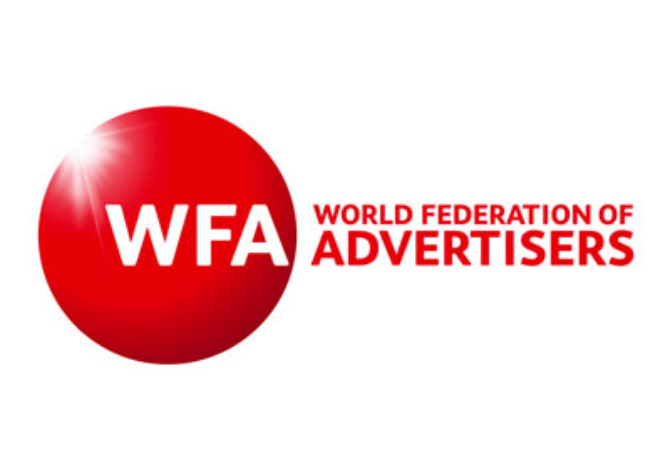Nine out of 10 agencies bemoan the lack of a clear integrated customer journey and common insight in briefs, while clients are dramatically reducing the number of separate briefs for different agencies to just 12% from 24% in 2014, according to a new report.
The survey, conducted by the WFA in partnership with global marketing management consultancy The Observatory International, is based on the responses of 32 multinational clients across 12 sectors.
It shows an improved quality of briefing with greater inclusion of single-minded propositions and single view of the customer. Agencies, however, remain sceptical, with more than nine out of 10 pointing out the lack of a clear integrated customer journey or a common insight in many briefs.
While brands providing separate briefs is down, an equal number (44%) of clients are now briefing with either a common master brief or a single brief for all stakeholders, an improvement from 36% and 40% respectively in 2014.
By contrast, agencies say that too many briefs are arriving with specific channels in mind; while 9% of advertisers admit to doing this, 59% of agencies say this sometimes happens and 39% say it often occurs.
Perceptions of the quality of briefs are also split, with 73% of clients saying they include a single-minded proposition and a single view of the customer in their briefs, but 76% of agencies say these elements are included ‘never/sometimes’.
Even worse, 93% of agencies bemoaned the lack of a clear integrated customer journey while 82% said a single view of the customer and a common insight was present ‘sometimes/never’.
While 71% of clients claim that they brief all departments and agencies ‘at the same time’, their agency counterparts dispute that statement with only 24% agreeing that this is happening ‘Often or Always’.
Nearly 80% of clients believe they ‘always or mostly’ brief well in advance, however, 57% of agencies say they are usually briefed later than they should be. Also, whilst 46% of agencies believe they are very regularly ‘right first time’ in responding to briefs, just 36% of clients would agree.
“It would seem global brands are making progress in improving their integrated briefing process,” said WFA global head of marketing services Robert Dreblow. “Ultimately integration doesn’t come down to agencies or brands, it comes down to people. Strong client leadership coupled with agency collaboration is what’s needed to ensure consistency and improvement in applying these processes.”
Other key findings include that face-to-face briefing is on the rise up from 85% in 2014 to 93%, while briefing by email has more than doubled. More people are now involved in creating briefs than in 2014 with clients saying more external consultancies and local marketers are being used, and briefs now include more metrics.
“We were pleased to see that the findings revealed some degree of overall improvement in the quality of integrated briefing versus 2014, but there are clearly some issues which are significant ‘watch-outs’ for both parties in the future,” said The Observatory International co-founder and managing partner Lucinda Peniston-Baines.
“As agencies’ and clients’ models evolve to deliver more dynamic marketing, having these basics in place – and alignment around them – will become increasingly critical when working at pace”.








